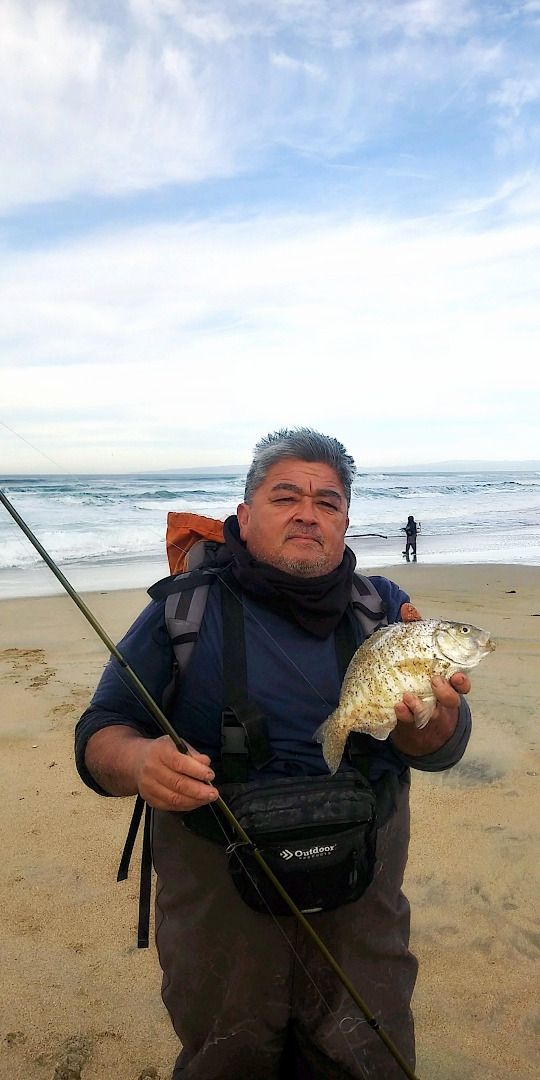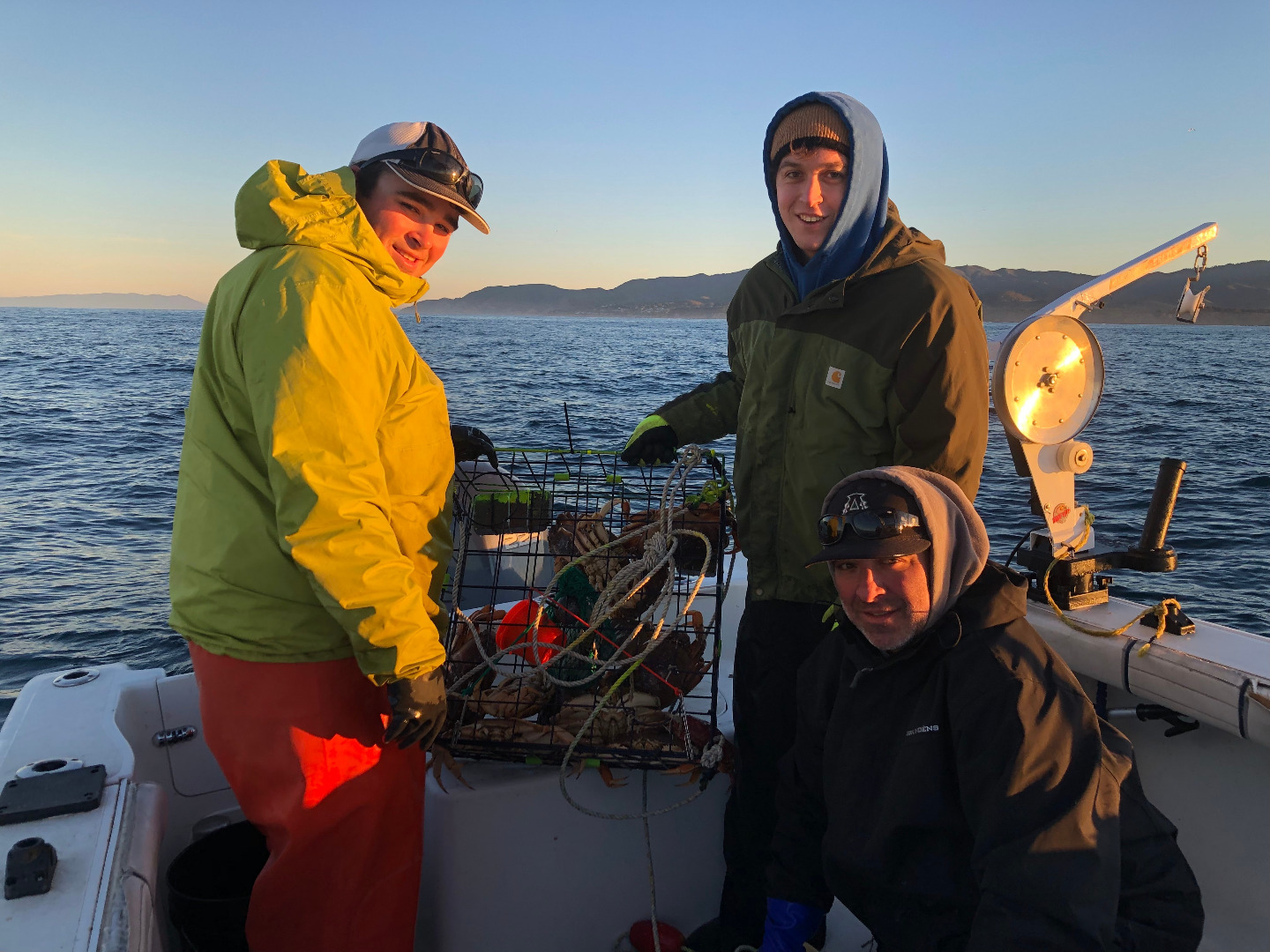From Sportfishing
Fish Report for 1-21-2022

Santa Cruz sees limited damage from tsunami
1-21-2022
Allen Bushnell
Anglers who woke early and checked their internet or radios on Saturday morning January 15, 2022 were alarmed to learn our entire coast was under a tsunami “Advisory.” A huge volcanic eruption in the South Pacific nation of Tonga had seismologists plenty worried. Although the Richter scale measurement associated with this eruption was only rated as a “one,” scientists could not predict just how powerful an ocean wave would be generated by the volcano as their formulas are factored from seismic events such as undersea earthquakes or landslides, not volcanoes. The best guess was a tsunami of one or two feet would impact the Monterey Bay area around 7:35 am. A tsunami Advisory is one step above a “Watch” and one step below a “Warning.”
According to the National Weather Service, a Tsunami Watch alerts people to “be prepared,” an earthquake has occurred and a tsunami is possible. A Tsunami Advisory indicates that action is necessary. “A tsunami with potential for strong currents or waves dangerous to those in or very near the water is expected or occurring. There may be flooding of beach and harbor areas. Stay out of the water and away from beaches and waterways,” NWS advises. A Tsunami Warning is much more definite. NWS is explicitly saying, “Danger! A tsunami that may cause widespread flooding is expected or occurring. Dangerous coastal flooding and powerful currents are possible and may continue for several hours or days after initial arrival. Follow instructions from local officials. Evacuation is recommended. Move to high ground or inland (away from the water).
By 7:15am, reports were coming in indicating the volcanic tsunami had hit neighboring islands in Tonga. Though flooding and damage occurred, it was relatively minor compared to tsunami events seen in Thailand in 2004 or Fukashima, Japan in 2011. The Fukashima tsunami affected California as well, causing over 20 million dollars of damage just at our local Santa Cruz Harbor. To give an idea of relativity, Thailand’s 2004 event measured waves as high as 80 feet and the Fukashima event produced estimated wave heights of up to 133 feet, traveling at 435 miles per hour. When the Fukashima waves hit Santa Cruz, wave heights were around five feet. So, though we knew a tsunami was generated by the volcano and it was coming our way the height estimates were much lower, around a half foot to a foot.
The power and destructiveness of tsunamis is not to be gauged by the wave height alone. Unlike normal ocean swells generated by wind, say a 10-foot wave with an 18-second period (which is about 180 feet wide), the wavelength of a tsunami can be anywhere from ten minutes up to two hours. Another way to look at it is the wave may be only one foot tall, but can be up to 300 miles wide. That is a lot of water with nowhere to go when it hits land except up (in height) and inland causing heavy currents and flooding. The 2011 tsunami wreaked havoc in Santa Cruz, resembling a raging river pushing broken docks and turtling boats as it swept in for 10 minutes at a time, then re-hashing everything as the ebb surge occurred. Only to be followed by another surge and another, for four or five hours.
The event this weekend, luckily, was relatively minor. On Monterey Bay, Santa Cruz Harbor seemed to have sustained the most damage, with water and power cut off from most docks and parking lot flooding that floated a few cars and trucks (as well as their owners’ day). Moss Landing fared much better with a report of only one dock getting a bit skewed. Having the entire Elkhorn Slough behind Moss Landing Harbor likely allowed for the wave to flow more freely and not get “compressed” like it does at Santa Cruz. Monterey Harbor has not reported any major damage either, which might be due to the north-facing aspect of that protected area.
< Previous Report Next Report >

Website Hosting and Design provided by TECK.net

